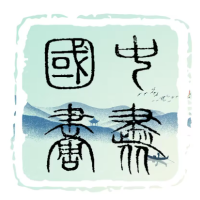孔维克,丙申孟夏生于汶上,家世源自曲阜,乃中都遗风。昔者,鲁公九年,夫子曾任宰于斯地,维克与圣人同脉相承,乃七十八代嫡传,祖上衍圣公贞干之弟贞宁是也。

孔维克少承家训,善于丹青,旁涉翰墨,数十年濡毫染素,精研楷篆隶简,尤擅古意新风,行家论之,无不称善。孔氏常作随笔札记,或谈艺论道,散见于诸报章,文思独到,非流俗所及。无论公私如何繁冗,终不废日课,画中速写,皆得生活真趣,养其艺思,日进无倦。其为孔裔,心怀圣学,然笔下不拘古法,寓情于象,神游于心。所作丹青,不仅写心中所感,更隐现少时求学之艰,念念不忘。笔墨间,求古之意蕴,组合之间,见新之构思,斯乃丹青之妙手。



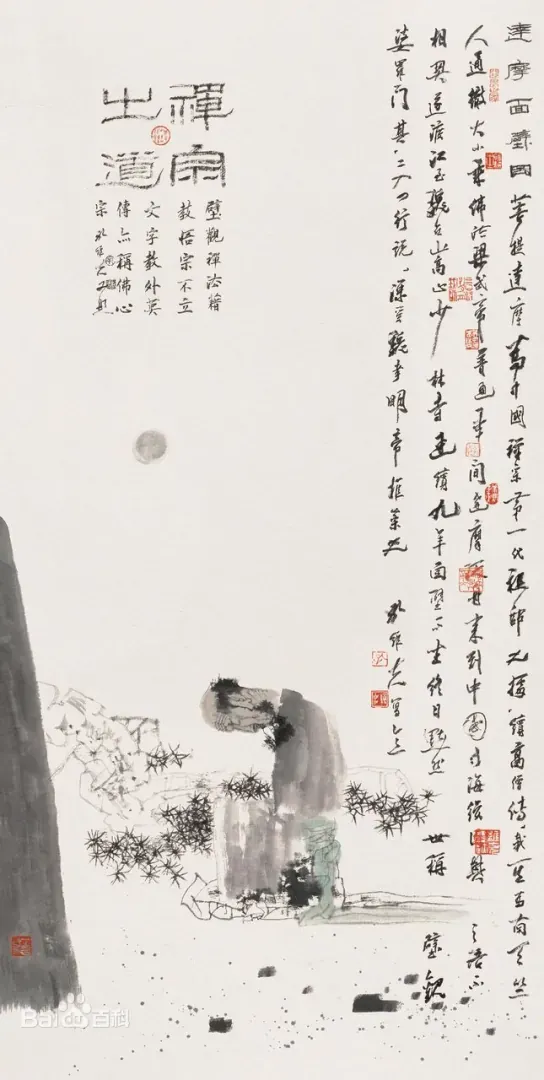
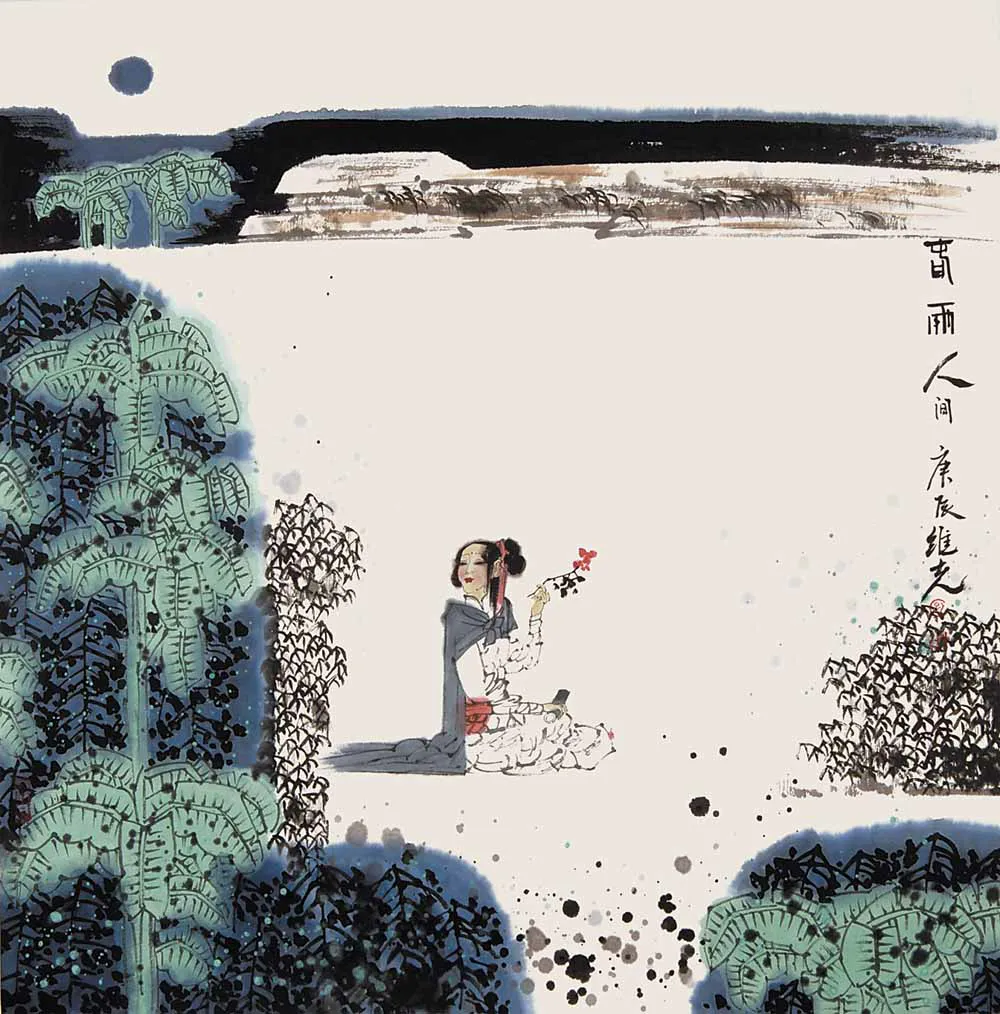
孔维克深研六艺,礼、乐、射、御、书、数,乃夫子教习儒生之要务,亦蕴实践之旨趣。孔维克感夫子之志,视六艺为其精神所在,遂以此六情为画构思,笔墨取文人小品之趣,形象则以孔子为象,演绎六艺之态。《六艺图》为六团扇形画作,虽非孔氏大成之作,然人物简古,妙在庄谐并济;景物清逸,疏密有度,别具雅趣。尤见古调之形式,配以画幅相得益彰之文,隐秀典雅,尽显维克学养之灵,艺术感悟与审美意趣,浑然天成,风格自现。儒家之道,隐于华夏文化长河中,潜移默化,流布人文万象。今日观者,或见教习传统之余泽,而维克则有血脉承传之意,渗入画中,难以言状。自癸酉以来,维克笔耕不辍,孔子题材频现于作,画中意蕴愈深,使命感益彰,其情至真,其意至诚。




孔维克于画中展宏图,长天古道、巍巍巨岩、老树飞鸟、旅人行车,皆隐于笔底,观者恍若置身千载之前,见古岩雄峙、大野广袤、古道绵延、长天辽远,苍凉之意溢于纸上。画中微露乱世哲人孤思,济世匡国之志,抱负坚韧,宏愿未泯,使命感若隐若现。卷展细品,笔意精到,纤毫之间,功力与才情自现。维克资性灵通,善融古今,儒家之道,蕴于艺理,油画之广阔布局,巧移工笔之形制,遂成其独特风貌。构图之中,大全景横裁天地,视野宏阔,张力自生;细观局部,虬枝错落、岩石嶙峋、曲径通幽,苍凉与悲壮,扑面而来。维克之画路,涵盖广泛,人物、山水、花鸟,各擅其妙。笔法之中,工写兼擅,运笔游刃;题材之中,古今城乡,皆能驾驭;大幅小品、册页扇面,无不洒脱自如,扇面画集,亦见流布。
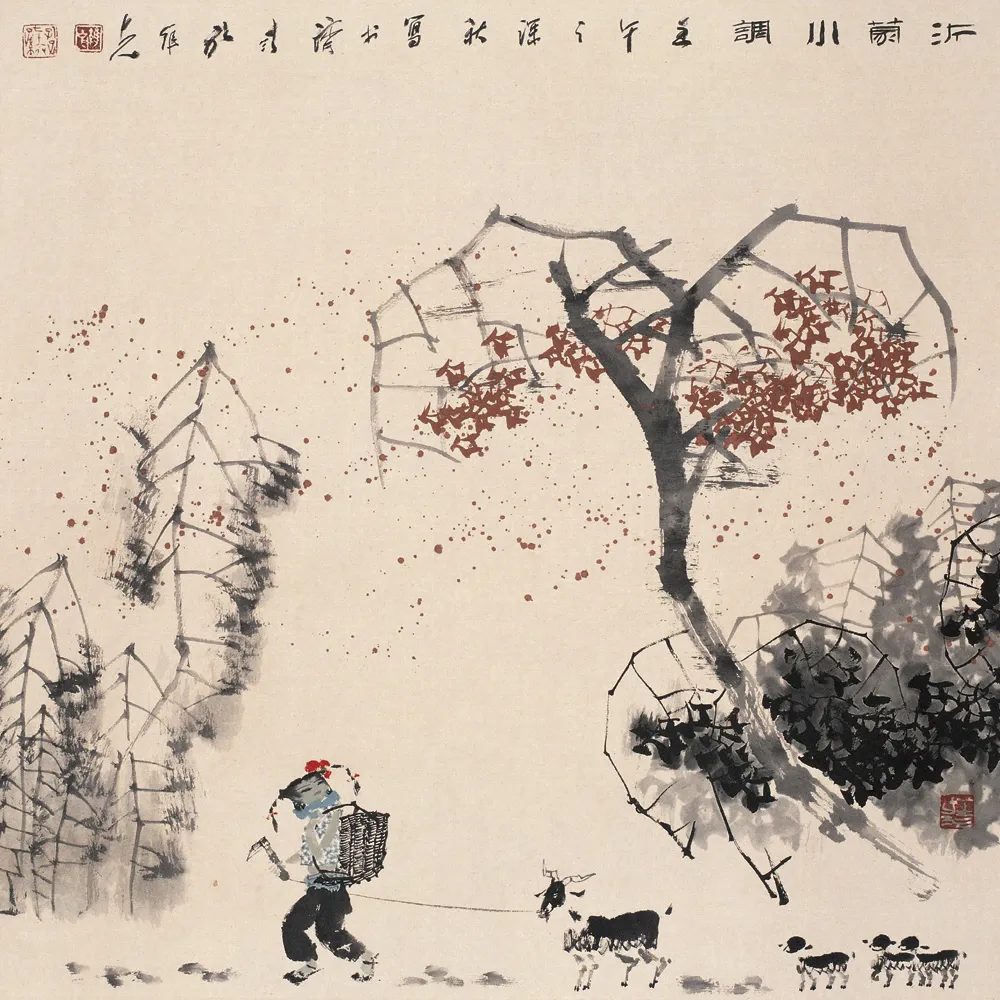
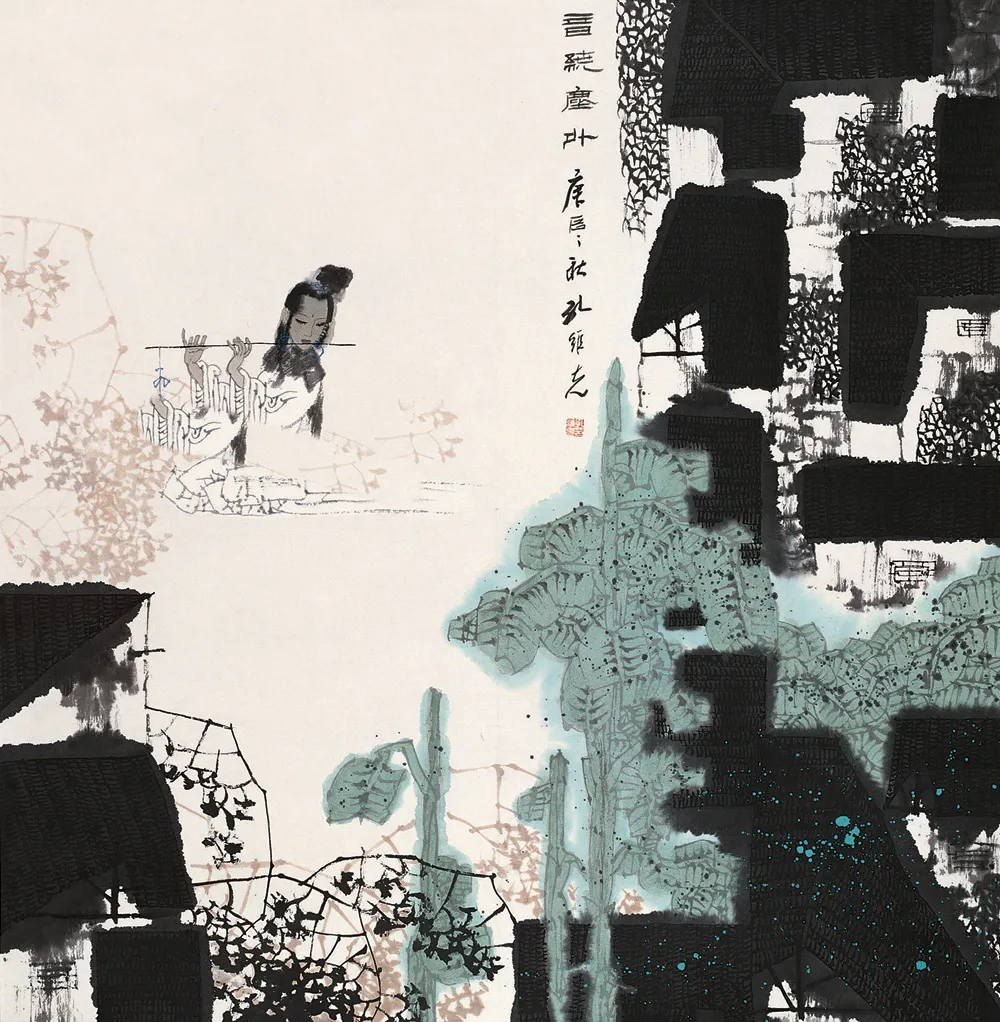
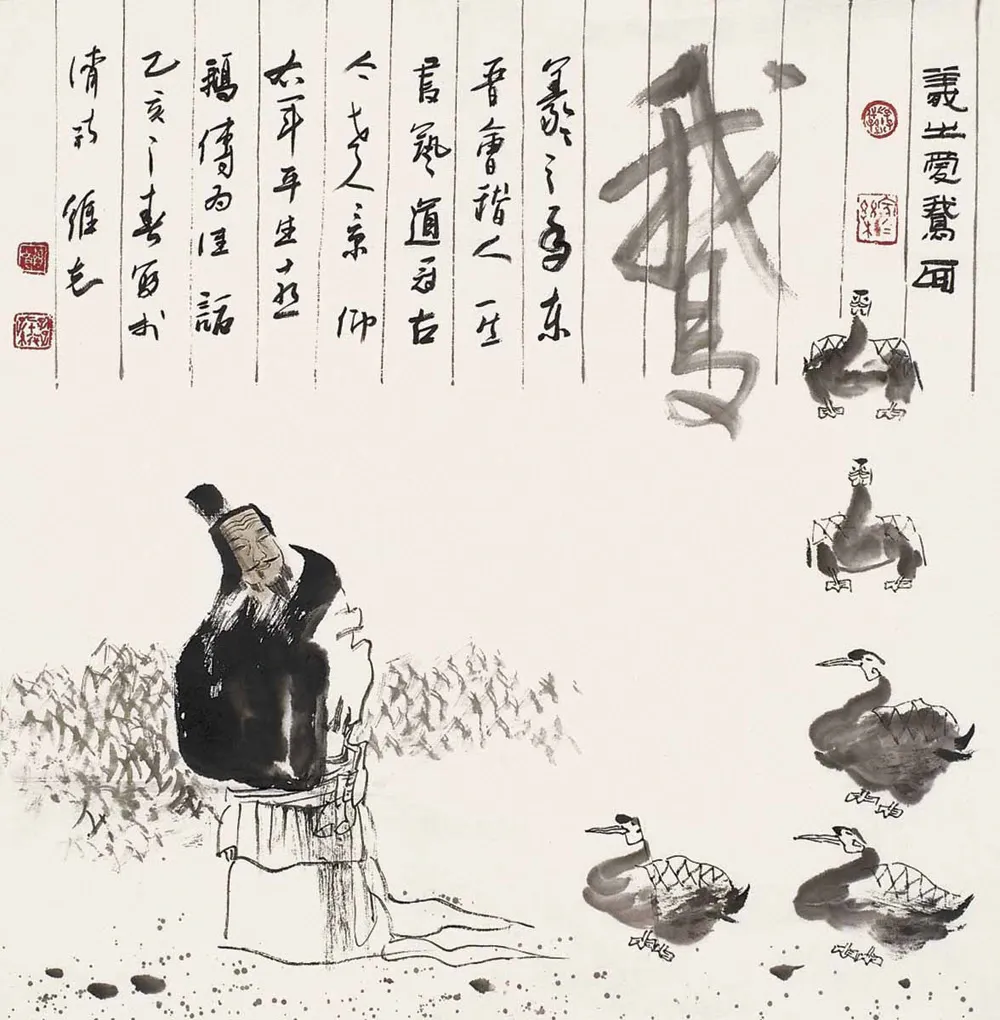
孔维克于文笔之外,另辟一途,寓其“忧时殉国”之意。所作《公车上书》,虽非先祖之事,然与儒家情怀同出一脉,承“化教成人”之旨,成其别具一格之代表作。或有评此作与《孔子周游列国图》相提并论,皆充溢儒家大智大勇之气韵,惟情感已由激越转为沉雄,胸臆所寄,尽显于笔端,孔子舍义取道之风范隐然其中。
孔氏之艺,贯通古今,汇东方博大之人文关怀、天人合一之境界、诗化古典之情致,与现代审美、文化趋向、生命意识相融。其于画面形式、笔墨之变、线条之妙,皆用心探究,累有所得。作品之中,思致深远,风格独具,艺林之上,众论纷纭,咸赞其妙。
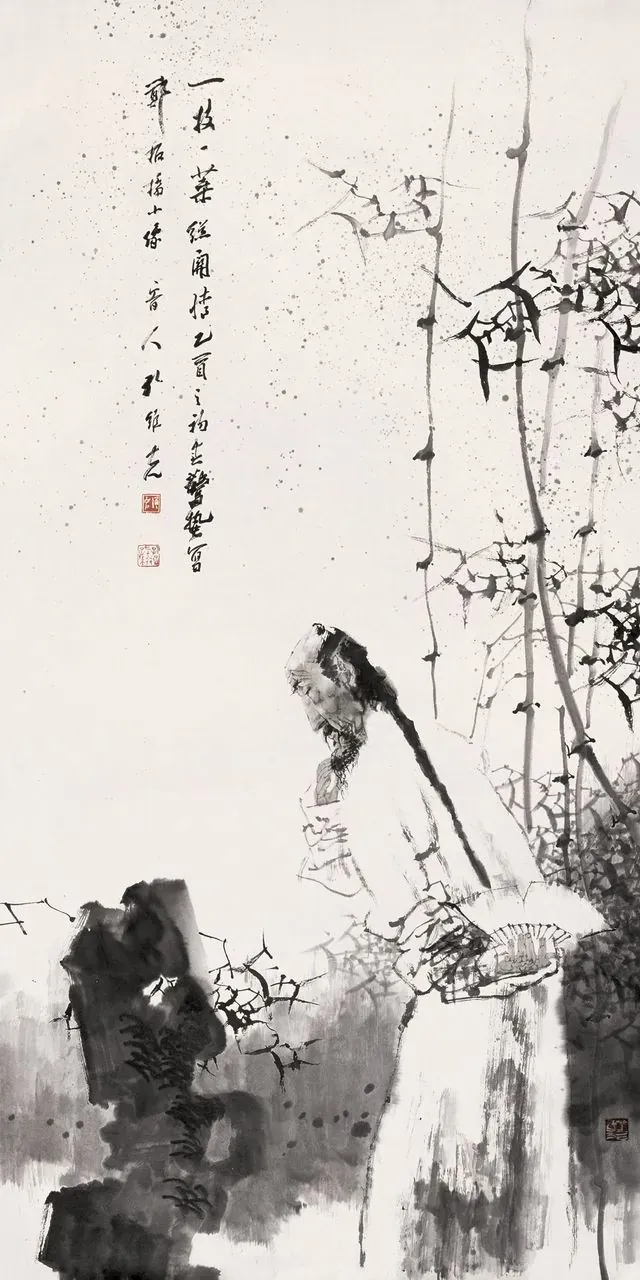

Kong Weike: Inheriting the Lofty Aspirations of His Ancestral Lineage, Expanding the Grand Legacy of Chinese Painting
Kong Weike was born in Mengxia of the Bing Shen year in Wenshang, from a family lineage originating in Qufu, carrying the cultural heritage of Zhongdu. In ancient times, during the ninth year of Duke Lu, Confucius served as the magistrate in this place. Weike, as a direct descendant of the sage, is the seventy-eighth generation in the line, descending from Kong Zhenning, the brother of Kong Zhengan, who was a Duke of Yan Sheng.
Kong Weike, having inherited the family teachings from a young age, excels in traditional Chinese painting and delves into calligraphy. For decades, he has tirelessly practiced and honed his skills in various scripts such as regular, seal, clerical, and ancient characters, especially blending ancient charm with modern flair. Experts highly regard his work. Kong often writes essays or discussions on art, published in various journals, showcasing his unique insights beyond the mundane. Despite the busyness of public and private affairs, he never neglects his daily practice. His sketches capture the essence of life, enriching his artistic thoughts with unceasing progress. As a descendant of Confucius, he holds a deep reverence for Confucian teachings, yet his brushwork is not bound by tradition, expressing emotions through imagery and letting his spirit wander freely. His paintings not only reflect his inner feelings but also subtly recall the hardships of his early studies, which remain unforgettable. Within his brushstrokes lies a quest for ancient meanings, while in his compositions, one sees innovative ideas—truly a master of Chinese painting.
Kong Weike deeply studied the Six Arts—ritual, music, archery, charioteering, calligraphy, and mathematics—key teachings of Confucius that embody practical wisdom. Inspired by Confucius’ ideals, Weike views these Six Arts as central to the spirit of his work, thus shaping his artistic conceptions through these six emotional themes. His brushwork draws upon the charm and structure of scholar’s painting, with Confucius himself depicted as the embodiment of these arts. "The Six Arts Diagram," consisting of six round fan-shaped paintings, though not his magnum opus, is marked by its ancient simplicity and the harmonious balance of solemnity and humor; the scenery is refreshing, with a deft balance of density and openness, showcasing a unique elegance. Particularly, the ancient-style presentation, paired with complementary inscriptions, exudes a subtle and refined charm, fully reflecting Weike’s scholarly spirit, artistic sensibility, and aesthetic taste, achieving a harmonious and distinctive style. The Confucian way, subtly influencing the broad spectrum of Chinese culture, remains pervasive and enduring. Modern viewers may see the residual impact of traditional teachings, while Weike carries this inherited spirit into his work, an inexpressible essence permeating his paintings. Since the Year of the Rooster, Weike has been unceasing in his artistic efforts, frequently creating works centered on Confucius, with the thematic depth and sense of mission in his paintings growing increasingly profound, conveying a sincerity of emotion and purpose.
Kong Weike unfolds grand vistas in his paintings, with boundless skies, ancient paths, towering cliffs, old trees, flying birds, travelers, and carriages all captured beneath his brush. Viewers feel as if transported a thousand years back, seeing ancient rocks standing tall, vast plains stretching wide, ancient roads winding on, and boundless skies above, with a sense of desolation and grandeur permeating the paper. His work subtly reveals the solitary reflections of a philosopher in a troubled world, committed to nation-building and social reform, with unwavering resolve and an undiminished grand vision, a latent sense of mission that gradually emerges. As one carefully examines these scrolls, the precision of his brushwork and the finesse of his talent become evident in every fine detail. Weike, with his innate spiritual insight, adeptly bridges ancient and modern, imbuing his art with the essence of Confucian principles. He ingeniously transfers the expansive compositions of oil painting into the structure of fine-line painting, creating a unique style. In his compositions, vast panoramas cut through the heavens and earth, expanding the visual field and generating natural tension; on closer inspection, the twisted branches, jagged rocks, and winding paths evoke a profound sense of desolation and tragic grandeur. Weike's artistic journey is broad, mastering figures, landscapes, and flowers and birds, each with its unique charm. His mastery of both fine-line and freehand techniques allows for effortless control; whether addressing ancient or modern, rural or urban themes, large-scale compositions or lyrical miniatures, he finds the appropriate language to express them. His ease with large paintings, small albums, and fan surfaces is equally apparent, with fan painting collections also widely published.
Beyond his literary endeavors, Kong Weike explored another path, expressing his profound concern for the nation and dedication to its cause. His work, "Petition to the Emperor," though not directly related to his ancestral history, shares the same Confucian ethos, embodying the principle of "cultivating virtue and educating the people," making it a distinctive representative piece. Some compare this work to "Confucius' Journey Through the States," noting that both are suffused with the Confucian spirit of great wisdom and courage, though the emotional tone has shifted from impassioned fervor to deep, resolute strength. The essence of Confucius' sacrifice for righteousness subtly permeates the work, with Kong Weike’s heartfelt sentiments vividly expressed through his brush.
Kong’s art transcends time, bridging the ancient and the modern, blending the profound humanism of the East, the harmonious unity of heaven and man, and the poetic sentiments ofical aesthetics with contemporary aesthetic awareness, cultural trends, and life philosophy. In his exploration of compositional form, the transformation of brush and ink, and the subtlety of line work, he has made significant discoveries through meticulous study. His works are characterized by deep thought and a distinctive style, garnering widespread acclaim and discussion in the art world, with all praising their excellence.
责任编辑:苗君
